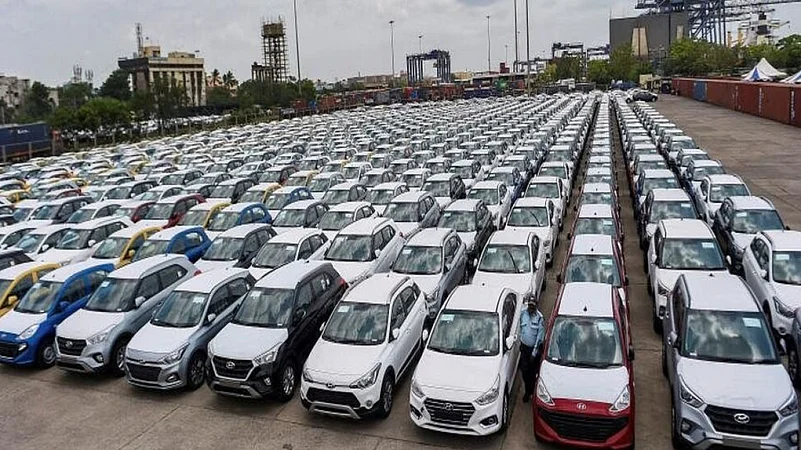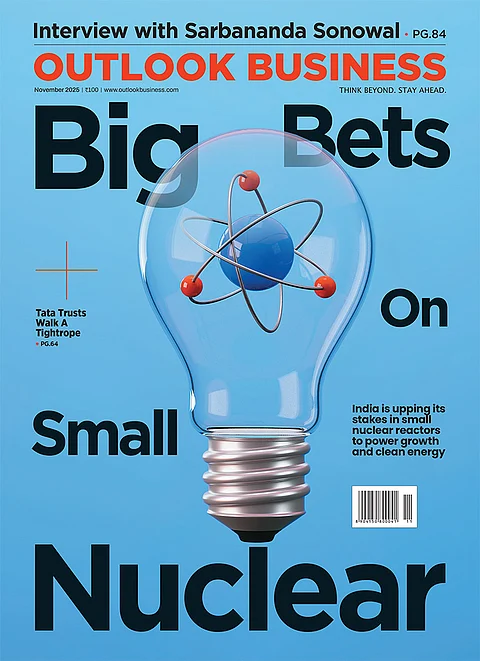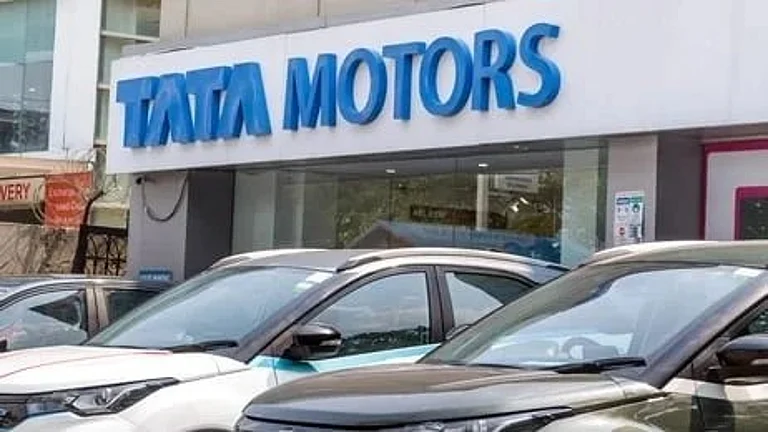
Automobile retail cycle takes approximately 45 days to complete
Rollover demand is expected to boost sales in the coming quarters
Market share across passenger vehicle segments is showing signs of stabilization
The full benefits of the revised GST regime are yet to be felt in the passenger vehicle industry, as buyer enquiries typically take time to translate into sales, said Shailesh Chandra, President of SIAM and Managing Director, Tata Motors Passenger Vehicles & Tata Passenger Electric Mobility.
“It usually takes around 45 days to complete a retail cycle,” Chandra said while releasing the production and sales data for the automobile industry for the second quarter of the current financial year. “The real impact of the GST changes will be visible from September onwards. The growth estimate for FY26 will definitely reflect positive momentum.”
Last month, the government revised the tax structure, lowering GST slabs on passenger vehicles based on engine size and vehicle length. It also abolished the cess, which ranged from 2% to 20%, that was earlier levied on vehicles.
This decision, coupled with the onset of the festive season, led to record September sales for automakers. The industry recorded it’s best ever sales of September for PVs, for two-wheelers and three-wheelers.
PV sales grew 4.4% in September. However, since the GST benefits came into effect towards the end of the month, rollover demand is expected to further boost sales in the coming quarters.
“A customer who previously wasn’t considering a car purchase now finds it within reach due to lower prices. This is the ‘GST 2.0 customer’ for me—an entirely new buyer added to the market,” Chandra said, expressing optimism about continued demand momentum.
During the September quarter, passenger vehicle sales declined 1.5% year-on-year, from 10.55 lakh units in Q2 FY25 to 10.39 lakh units in Q2 FY26. In contrast, two-wheeler sales grew 7.4% year-on-year.
Market share stabilizing
Utility vehicle (UV) sales fell 2.1% year-on-year, from 6.97 lakh units in Q2 FY25 to 6.83 lakh units in Q2 FY26. The segment had shown only marginal growth in the first quarter of this fiscal year.
Chandra said the muted sales could indicate that the market shares of small cars and SUVs within the total industry volume (TIV) are now stabilizing.
“Possibly, the segment shares as part of the TIV are reaching equilibrium. SUVs have grown from a 29% share five to six years ago to 56% now. It may have reached saturation. Globally, the SUV share tends to stabilize between 50–55%,” he noted.
Chandra attributed this stabilization to the completion of the major new-launch cycle in the SUV category.
The share of hatchbacks has declined sharply from 46% in FY20 to just 23% in FY25. However, he pointed out that the small car segment could benefit from the revised GST structure, as the tax relaxation is more favorable to smaller vehicles. Whether this will lead to an increase in their share of total sales remains to be seen.





























